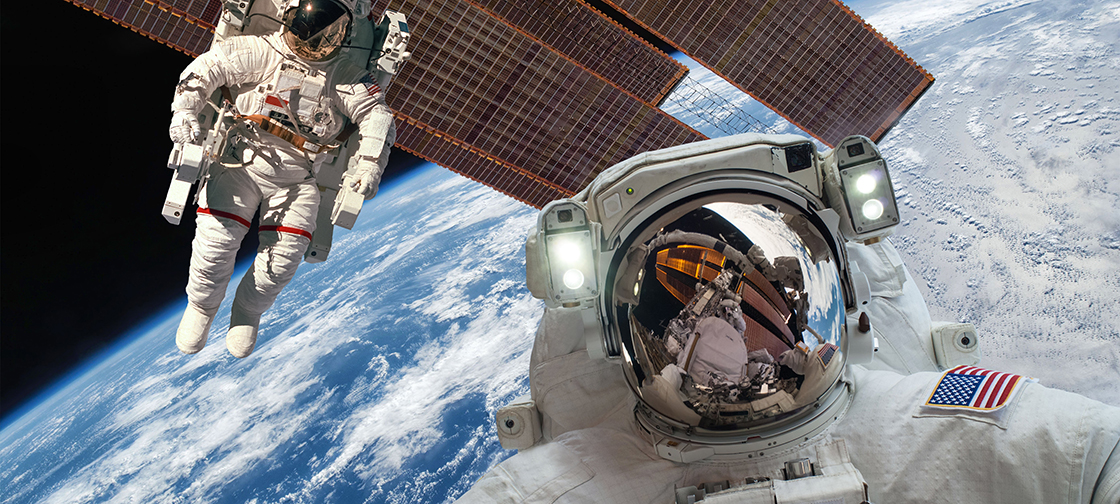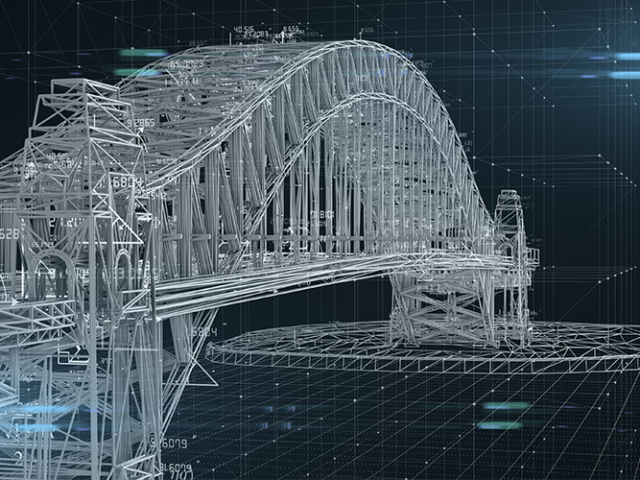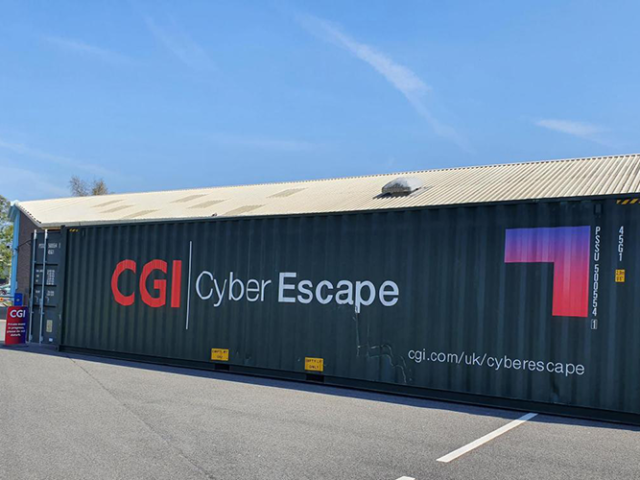The crew of the International Space Station has taken delivery of a haptic interface designed by EPFL spin-off Force Dimension. Astronauts could one day use the device, based on the famous delta robot developed at EPFL by Reymond Clavel, to control unmanned Martian and lunar rovers from afar.
In a project called METERON, the European Space Agency (ESA) is exploring how advanced robots could be used to repair satellites in orbit or probe hostile environments like the Martian and lunar surfaces. The plan is for astronauts to control the robots remotely from the International Space Station (ISS), using a haptic interface that allows them to “feel” their every move.
For this project, the ESA has opted for an interface based on the famous delta robot, designed 34 years ago by Reymond Clavel at EPFL’s School of Engineering. The new device, developed by Force Dimension – a spin-off of EPFL’s VRAI Group, led by Charles Baur – reached the ISS earlier this month.
Since there are currently no remote-controlled rovers on the Martian or lunar surfaces, the ISS crew is using robots on Earth to practice. An initial test has already taken place, and the results were very good. ISS astronauts used the delta based controller named sigma.7, to pilot a robot at an ESA facility in the Netherlands. The robot was guided over an obstacle course to a sampling site, where it collected a rock. A public demonstration also took place 25 November.
Realistic haptic feedback
The concept involves two pieces of machinery, each performing very different roles. The first is a variable-geometry robot packed with technology, including an accelerometer, load cells and other sensors that allow it to interact with its environment. The second is the sigma.7 haptic controller – on board the ISS – that allows for seven degrees of motion. It provides force-feedback as the robot moves around and touches objects, giving astronauts a realistic feel for the environment. “The feedback is so life-like that operators can distinguish between hard, soft, smooth and rugged surfaces,” explains Force Dimension co-founder François Conti. “The robot functions like an avatar. It’s as if the astronaut was actually there on the ground, in person.”
Source: “An EPFL robot in space”, Laure-Anna Pessina, EPFL News




